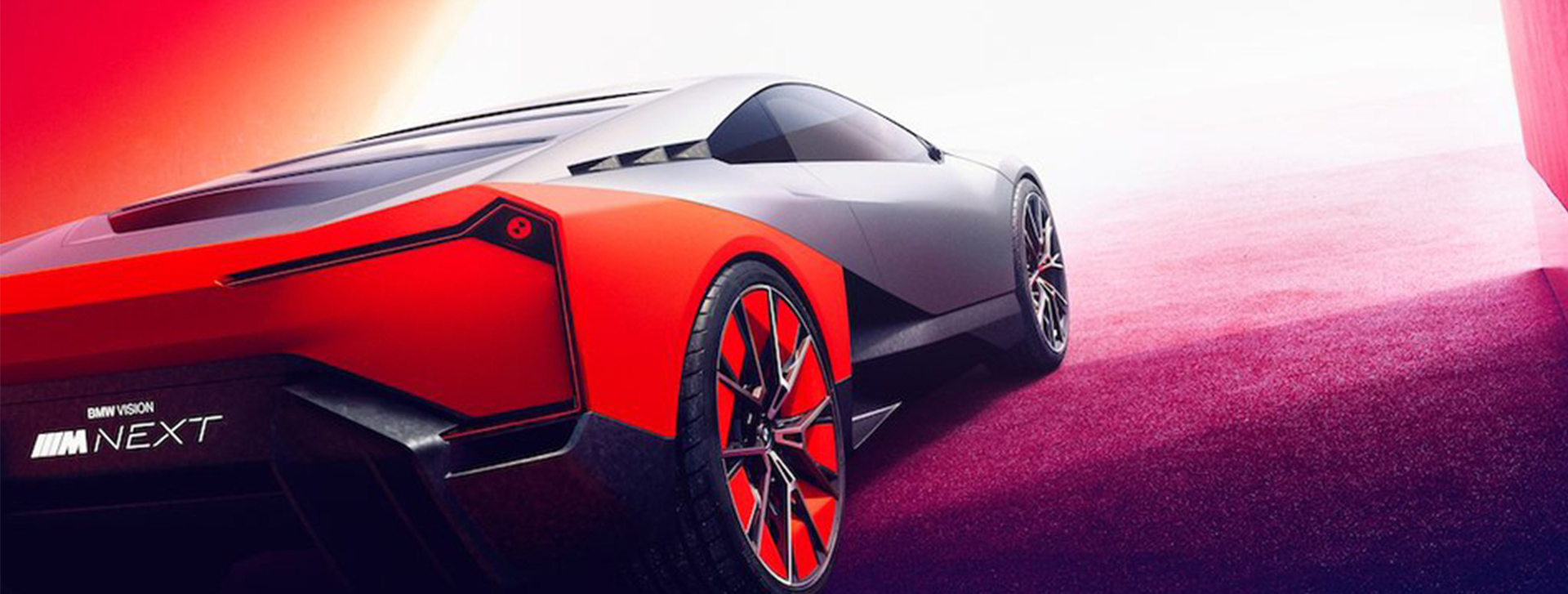
Time:2023-11-02 13:49:59
During the daily maintenance of the vehicle
Tires are often overlooked
Only a puncture or a flat tire
I have to pay attention to it
Regular inspection and timely replacement
It will reduce many safety hazards
How to conduct inspection and maintenance?
1. Tire pressure check
Nowadays, vehicles are equipped with tire pressure monitoring configurations, and the main focus of vehicles is to adjust the tire pressure of the front and rear wheels to an appropriate range. If it can be slightly lower in summer and higher in winter, it can effectively avoid safety hazards caused by tire pressure.
2. Integrity check
If it is found that the tire pressure is always low, it is necessary to check if there is a puncture or damage, and replace it in a timely manner.
3. Wear inspection
Each tire has its own wear indicator, and when worn to the indicator, it needs to be replaced. At this point, driving again can be very dangerous because the performance of the tires has greatly decreased, such as seriously affecting grip.
4. Regularly check the four wheel alignment and balance
When the vehicle experiences excessive shaking while driving, there may be poor wheel alignment or imbalance. This not only shortens the lifespan of the tires, but also affects the handling of the vehicle.
The vehicle will inevitably experience varying degrees of lateral wear at a certain position during prolonged driving, so adjusting the tires can be attempted at intervals. Note that when changing tires, the tire specifications, structure, brand, pattern, etc. on the same axle should be unified.
5. Flat parking
Park on flat ground as much as possible during normal parking. Parking on flat ground is more conducive to tire maintenance than parking on a slope, as parking on a slope still relies on the grip of the tires, which can easily cause friction on the surface of the tires.